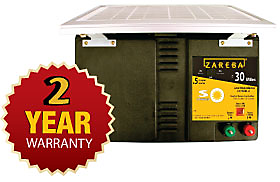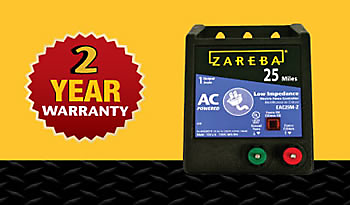I just checked my single wire with brand new digital tester( not cheapest one)32$.
I have a 30 mile charger that's new, and 3 -6'ground rods about 8-10' apart.
I just about dropped the tester when it showed 18.0!?!
Can this be right?
I have a 30 mile charger that's new, and 3 -6'ground rods about 8-10' apart.
I just about dropped the tester when it showed 18.0!?!
Can this be right?


